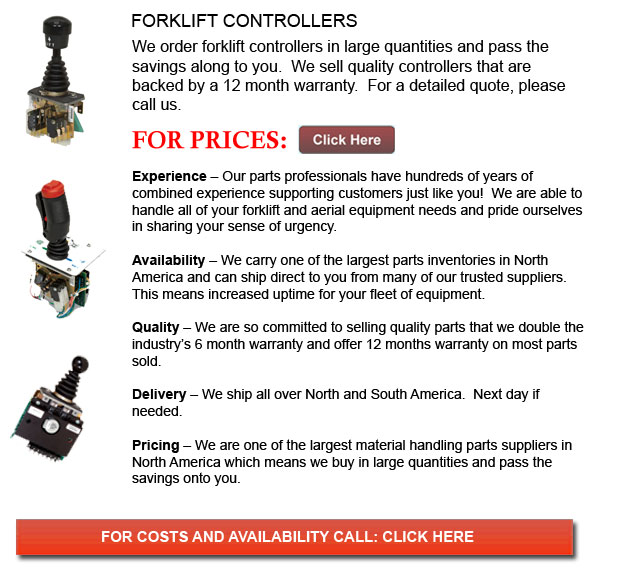
Forklift Controller - Lift trucks are available in various load capacities and different units. Nearly all forklifts in a regular warehouse situation have load capacities between one to five tons. Bigger scale units are utilized for heavier loads, like for instance loading shipping containers, may have up to fifty tons lift capacity.
The operator could make use of a control so as to lower and raise the blades, which can also be called "blades or tines". The operator of the forklift could tilt the mast to be able to compensate for a heavy loads propensity to angle the forks downward. Tilt provides an ability to function on bumpy surface as well. There are yearly contests for skilled lift truck operators to contend in timed challenges and obstacle courses at local lift truck rodeo events.
All forklifts are rated for safety. There is a specific load maximum and a specified forward center of gravity. This very important information is provided by the manufacturer and positioned on the nameplate. It is important cargo do not go beyond these specifications. It is unlawful in many jurisdictions to tamper with or take out the nameplate without obtaining consent from the lift truck maker.
Most forklifts have rear-wheel steering to be able to increase maneuverability inside tight cornering conditions and confined areas. This particular kind of steering varies from a drivers' first experience along with other vehicles. In view of the fact that there is no caster action while steering, it is no necessary to apply steering force in order to maintain a constant rate of turn.
One more unique characteristic common with forklift operation is instability. A continuous change in center of gravity happens between the load and the lift truck and they must be considered a unit during operation. A forklift with a raised load has centrifugal and gravitational forces that may converge to lead to a disastrous tipping mishap. In order to prevent this possibility, a forklift should never negotiate a turn at speed with its load raised.
Forklifts are carefully designed with a particular load limit used for the forks with the limit decreasing with undercutting of the load. This means that the cargo does not butt against the fork "L" and would lessen with the rise of the tine. Normally, a loading plate to consult for loading reference is located on the forklift. It is unsafe to use a forklift as a personnel hoist without first fitting it with specific safety tools like for example a "cherry picker" or "cage."
Lift truck use in distribution centers and warehouses
Vital for whatever distribution center or warehouse, the forklift needs to have a safe setting in which to accommodate their safe and efficient movement. With Drive-In/Drive-Thru Racking, a lift truck should go in a storage bay that is many pallet positions deep to put down or get a pallet. Operators are often guided into the bay through rails on the floor and the pallet is placed on cantilevered arms or rails. These tight manoeuvres require skilled operators to be able to do the job safely and efficiently. Because each and every pallet requires the truck to enter the storage structure, damage done here is more common than with other types of storage. If designing a drive-in system, considering the measurements of the tine truck, along with overall width and mast width, need to be well thought out in order to make sure all aspects of a safe and effective storage facility.
![]() Click to Download the pdf
Click to Download the pdf
Forklift Parts
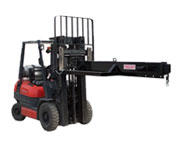
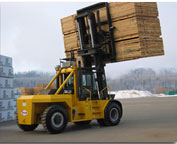
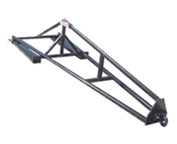
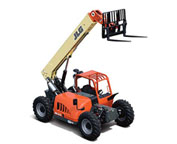
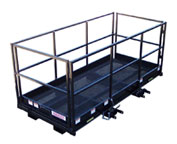
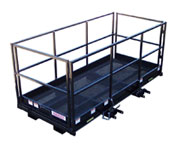
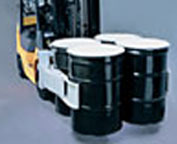
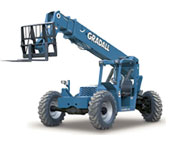
Lift Parts Express
TOLL FREE: 1-888-695-7994
Kelowna, British Columbia
forkliftpartskelowna.ca
Email Us
About Us


